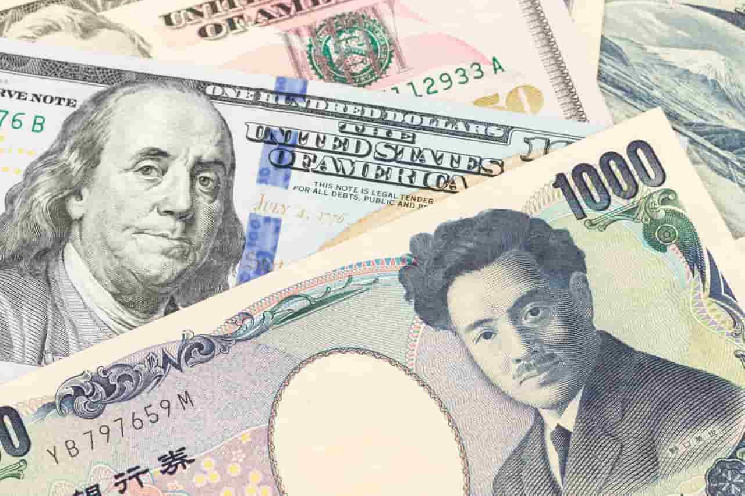The Japanese yen recently reached its lowest level against the US dollar in over thirty years, prompting urgent action from Japan’s financial authorities.
Reports from the WSJ indicate that Japan intervened after the yen touched 160.17 per USD in an effort to stabilize its currency, which is the world’s third most-traded.
According to sources familiar with the matter as reported by The Wall Street Journal, the U.S. dollar saw a 1% increase against the Japanese yen following what appeared to be an overnight intervention by the Bank of Japan.
Prior to intervention, the USDJPY traded close to 160, but authorities stepped in, bringing the exchange rate below 155. The yen had been weakened by diminishing expectations of interest rate hikes by the Bank of Japan, while the U.S. Federal Reserve maintained a hawkish stance. Currently, the USDJPY stands at 156.
Adam Kobeissi, editor-in-chief of The Kobeissi Letter, attributes this situation to unchecked deficit spending. He notes a significant shift in the exchange rate from 130 to 160 yen per US dollar and criticizes the Bank of Japan’s decision to maintain near-zero interest rates despite the currency’s decline.
Kobeissi warns against the consequences of excessive deficit spending, citing Japan’s debt-to-GDP ratio of over 260% and projecting similar issues for the US in the future.
Amidst this volatility, the Federal Reserve is poised to convene this week. Fortune reports that Chairman Jerome Powell is expected to uphold the current stance on interest rates in light of rising inflation.
Bloomberg highlights the importance of the Fed’s decisions for Japan, suggesting that the US central bank may signal the need to keep interest rates high to combat persistent inflation, thereby bolstering the dollar and reducing the attractiveness of yen-denominated assets. Earlier discussions between Japan’s finance minister and US Treasury Secretary Janet Yellen have hinted at potential intervention strategies.

